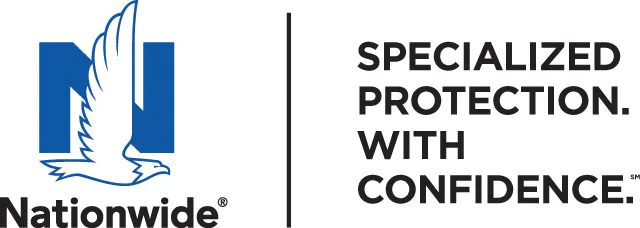Webinar: Unlock the power of Cultural Intelligence
As the racial and ethnic makeup of the U.S. continues to shift to becoming increasingly diverse, closing cultural gaps is key for businesses to experience new opportunities and growth. The U.S. is trending towards a multicultural future, with 100% of population growth being driven by multicultural segments1. Trends in the global popularity of multicultural food and entertainment industries are strong indicators that there is power in cultural economics when gaps between cultures are closed. In order to succeed in this diverse future, the power of cultural intelligence can help your agency thrive.
“Understanding the purchasing power that these groups have makes it clear that adopting sales and outreach tactics that authentically cater to these markets can take your business to the next level”
What is cultural intelligence?
Cultural intelligence is the ability to be aware of, understand, and apply cultural competence and inclusive insights into your everyday business. While it’s easy to have a general awareness and understanding of inclusive behavior and why it is important, the application of these insights into the fundamental way you conduct business is what will have a lasting impact on your agency. In a recent webinar, award-winning entrepreneur and cultural intelligence expert Lili Gil Valletta explained this practice as graduating from thinking of in terms of conducting one-off sales initiatives specific to a multicultural group, to now recognizing that we are now always serving a multicultural America. This new default way of thinking of your current and potential customers as a multicultural group fosters an inclusive culture which can unlock innovation and growth.
Why is cultural intelligence important?
The U.S. growth market has shifted to indicate a more diverse country than ever before. The multicultural purchasing power is rapidly growing—if U.S. Hispanic, Black, and Asian communities all made up one country, it would be the world’s 4th largest economy by GDP.2 Multicultural groups are also growing more affluent at rapid rates. For example, Hispanic affluent households are growing at a rate 2x faster than other groups.3 Understanding the purchasing power that these groups have makes it clear that adopting sales and outreach tactics that authentically cater to these markets can take your business to the next level.
The U.S. workforce is also becoming more diverse than ever. 40% of the U.S. labor force will be multicultural by 2024.4 75% of the workforce will be millennials in the next 4 years.5 A younger workforce is a multicultural workforce, as the newest generation is the most diverse generation in history. When you consider the next generation of insurance agents, it ideally would reflect the next generation of consumers. However, only 15% of young agents are diverse6. Seeking diverse candidates and nurturing the talent pipeline with knowledge and internships will allow you to connect with your community while providing new opportunities for those who are eager to learn and contribute.
What actions can you take?
As minority-owned businesses continue to drive more than 50 percent of business creation in America7, sales techniques and relationships that resonate with a multicultural audience will be key to maintaining your relationships with these businesses.
To get started, begin with defining the opportunity. How are the demographics of your local market changing, and what growth areas are untapped? Networking and engaging with these segments internally and externally is the first step to getting involved. Become an agent of education and empowerment by leveraging social media channels and events to share your knowledge, versus only promoting product-focused content. Your audience is looking to you not just as the person with the best rates, but as someone who can authentically identify with them as a person. Finally, when you try out these new approaches, be sure to measure your results and collect feedback from colleagues. Even if you don’t see results immediately, don’t give up too soon—these new approaches are all part of a learning process that leads to growth and the sustained success of your agency.
Sources
-
1
Population data – U.S. Census data and Geoscape proprietary projections, 2019
-
2
Multicultural Economic power – SSG Total Market; The Multicultural Economy 2018; United States
-
3
Santiago Solutions. Latino Donor Collaborative 2019
-
4
Workforce: BLS (2017) Labor Force Characteristics by Age, Gender, Race and Ethnicity. Online resource
-
6
Insurance Journal’s 2018 Young Agents Survey

